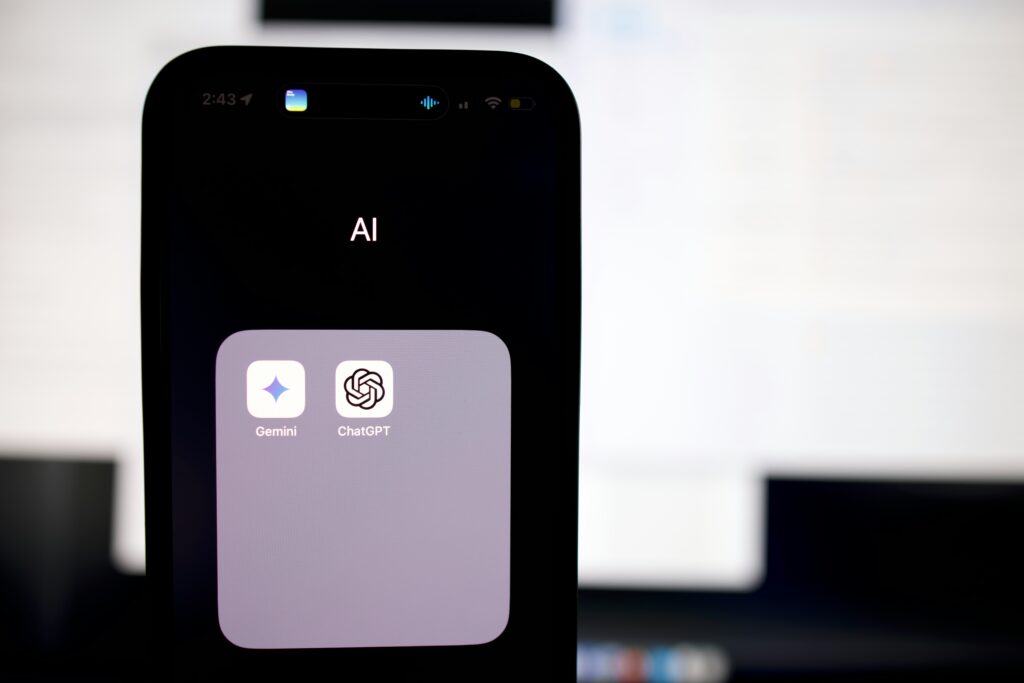I was speaking to a good friend today who is thinking about marriage, which led me to ponder an equally significant decision we face in technology: when to date and when to tie the knot. In the wonderful world of software development, deciding whether to marry a framework or just date a library is a classic conundrum. This is especially true in the context of transactional messaging, where your choice can drastically affect the scalability, flexibility, and longevity of your system. Let’s dive into the juicy details of when you should put a ring on it and when it’s better to keep things casual.
Frameworks vs. Libraries: What’s the Difference?
Frameworks: Frameworks are like all-inclusive resorts—they provide a comprehensive set of tools and APIs designed to simplify your development journey. They dictate the architecture and flow of your application, offering built-in best practices and reducing boilerplate code.
Examples: NServiceBus (for .NET), Axon Framework (for Java)
Benefits: Quick start and standardization. Reduced boilerplate code. Comprehensive ecosystem of tools and extensions.
Drawbacks: Less flexibility and control. Steeper learning curve and potential overhead. Risk of vendor lock-in.
Libraries: Libraries, on the other hand, are more like your local coffee shop. They provide reusable code that you can call upon to perform specific tasks, without dictating the overall architecture of your application.
Examples: MediatR (for .NET), Apache Kafka (for Java)
Benefits: Greater flexibility and control. Easier to integrate and customize. Less overhead and simpler learning curve.
Drawbacks: Requires more effort to implement best practices. Additional responsibility for maintaining and integrating different libraries.
To draw a parallel, think of Tailwind CSS, a utility-first CSS library that gives you the building blocks to create custom designs. Compare this to full-fledged CSS frameworks like Bootstrap, which come with predefined components and styles but may be less flexible for unique designs. Similarly, choosing between frameworks and libraries for transactional messaging depends on your need for flexibility versus structure.
The Case for Frameworks
Quick Start and Standardization: Frameworks like NServiceBus (for .NET) and Axon Framework (for Java) offer a structured and standardized way to implement transactional messaging. They come with built-in best practices, reducing the time to get started and ensuring that your solution adheres to industry standards.
Reduced Boilerplate Code: Frameworks often abstract away much of the boilerplate code associated with transactional messaging, allowing developers to focus on business logic. This can significantly speed up development and reduce the likelihood of errors.
Comprehensive Ecosystem: Frameworks usually come with a rich ecosystem of tools and extensions, such as monitoring, logging, and integration with other systems. This can be invaluable for complex applications where these features are critical.
When to Reach for a Framework: When you need to quickly implement a transactional messaging solution. When standardization and best practices are crucial. When you require a comprehensive set of features and tools out of the box.
The Case Against Frameworks
Flexibility and Control: Frameworks often come with their own nomenclature and APIs, which can be restrictive. As your system evolves, you may find that the framework does not scale or adapt to your specific needs. Implementing transactional messaging using libraries or custom code can give you more control and flexibility to tailor the solution to your exact requirements.
Learning Curve and Overhead: Frameworks can have a steep learning curve, and adopting them may introduce unnecessary overhead if your application does not require all the features they offer. This can lead to increased complexity and maintenance burden.
Vendor Lock-in: Relying heavily on a specific framework can lead to vendor lock-in, making it difficult to switch to another solution or customize the existing one. This can be a significant risk if the framework does not evolve in line with your business needs.
When to Avoid a Framework: When flexibility and control are more important than standardization. When the additional features and overhead of a framework are not justified. When you want to avoid vendor lock-in and maintain the freedom to adapt your solution.
Using Libraries and Custom Implementations
For those who prefer flexibility and control, using libraries and custom implementations can be a viable alternative to frameworks. Here are some .NET, Java, and Node.js libraries that enable transactional messaging while allowing room to grow and adapt:
.NET Libraries:
- MediatR: MediatR is a simple, unambitious library for in-process messaging. It can be used to implement CQRS and other patterns without the overhead of a full framework. MediatR on GitHub
- CAP (C# Advanced Producer): CAP is a .NET library that provides an easy way to implement event-based messaging and transaction management across microservices. CAP on GitHub
Java Libraries:
- Spring Cloud Stream: Spring Cloud Stream is a framework for building highly scalable event-driven microservices connected with shared messaging systems. It can be used as a library within the broader Spring ecosystem. Spring Cloud Stream on GitHub
- Apache Kafka: While Kafka is often seen as a full-fledged event streaming platform, it can be used as a lightweight library to handle transactional messaging within Java applications. Apache Kafka on GitHub
Node.js Libraries:
- BullMQ: BullMQ is a powerful, feature-rich library for managing jobs and messages in a Node.js application using Redis. BullMQ on GitHub
- RabbitMQ (amqplib): RabbitMQ is a popular message broker, and amqplib is a well-maintained library for interfacing with RabbitMQ in Node.js applications. amqplib on GitHub
Implementing Transactional Messaging with Libraries:
.NET Example Using MediatR:
// Define a command
public class CreateOrderCommand : IRequest<Order>
{
public int OrderId { get; set; }
// Other properties
}
// Define a command handler
public class CreateOrderCommandHandler : IRequestHandler<CreateOrderCommand, Order>
{
public Task<Order> Handle(CreateOrderCommand request, CancellationToken cancellationToken)
{
// Implement transactional logic here
// E.g., Save order to the database, publish an event, etc.
}
}
// Register MediatR in your startup configuration
services.AddMediatR(typeof(Startup));
// Use MediatR to send a command
var order = await _mediator.Send(new CreateOrderCommand { OrderId = 123 });
Java Example Using Kafka:
// Define a Kafka producer
public class KafkaProducerService {
private final KafkaTemplate<String, String> kafkaTemplate;
public KafkaProducerService(KafkaTemplate<String, String> kafkaTemplate) {
this.kafkaTemplate = kafkaTemplate;
}
public void sendMessage(String topic, String message) {
kafkaTemplate.send(topic, message);
}
}
// Define a Kafka consumer
@KafkaListener(topics = "order-events", groupId = "order-group")
public void listen(String message) {
// Process the message
}
// Configure Kafka in your application
@Bean
public KafkaTemplate<String, String> kafkaTemplate() {
return new KafkaTemplate<>(producerFactory());
}
Node.js Example Using BullMQ:
// Set up BullMQ
const { Queue, Worker, QueueScheduler } = require('bullmq');
const orderQueue = new Queue('orderQueue');
const orderScheduler = new QueueScheduler('orderQueue');
// Add a job to the queue
async function createOrder(order) {
await orderQueue.add('createOrder', order);
}
// Process the queue
const orderWorker = new Worker('orderQueue', async job => {
// Implement transactional logic here
// E.g., Save order to the database, publish an event, etc.
console.log(`Processing order ${job.id}`);
});
// Add a job to the queue
createOrder({ orderId: 123, product: 'Product Name' });
Delivering Notifications to Users
Transactional messaging often extends beyond microservices to include user notifications, such as order confirmations, shipment updates, or account changes. These notifications are critical for keeping users informed and engaged throughout their journey with your application.
Consider using a reliable notification service like Amazon Simple Notification Service (SNS), Twilio for SMS notifications, or Firebase Cloud Messaging (FCM) for push notifications to ensure timely and reliable delivery across different channels.
Conclusion
Choosing between frameworks and libraries for transactional messaging boils down to balancing structure and flexibility, standardization and customization, and efficiency and control. Frameworks like NServiceBus and Axon Framework provide a comprehensive solution with built-in best practices, while libraries like MediatR and Apache Kafka offer greater flexibility and control over the implementation details.
Ultimately, the right choice depends on your project’s specific requirements, team expertise, and long-term goals. By understanding the strengths and weaknesses of both frameworks and libraries, you can make an informed decision that aligns with your application’s architecture and business objectives.
So, whether you’re looking for a committed relationship with a framework or prefer the freedom of libraries and custom implementations, there’s a perfect match out there for your transactional messaging needs. Just remember to consider scalability, flexibility, and the long-term implications of your decision before you say ‘I do’ or decide to keep things casual.
For further reading and exploration:
- NServiceBus
- Axon Framework
- MediatR on GitHub
- CAP on GitHub
- Spring Cloud Stream
- Apache Kafka
- BullMQ on GitHub
- amqplib on GitHub



Ищете производителя и возможность купить частотный преобразователь? Посетите сайт Веспер https://www.vesper.ru/ – мы осуществляем продажу частотных преобразователей с 1992 года. У нас большой каталог и доставка по России. Ознакомьтесь с нашей продукцией и услугами, оказываемыми нами на сайте подробнее.
Your comment is awaiting moderation.